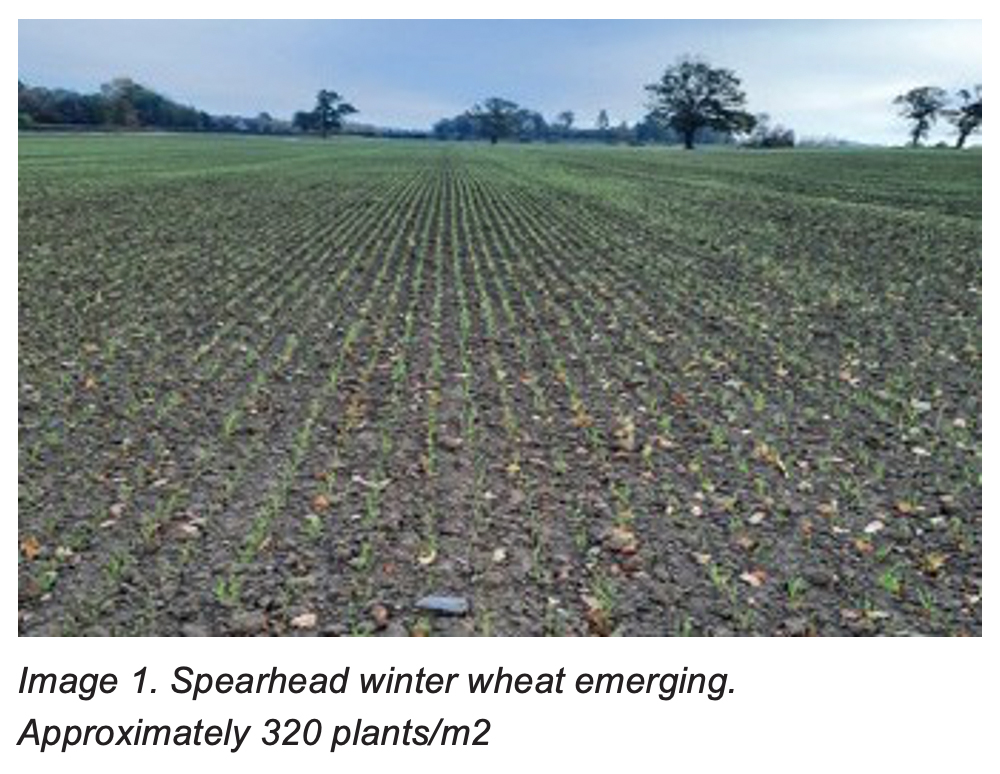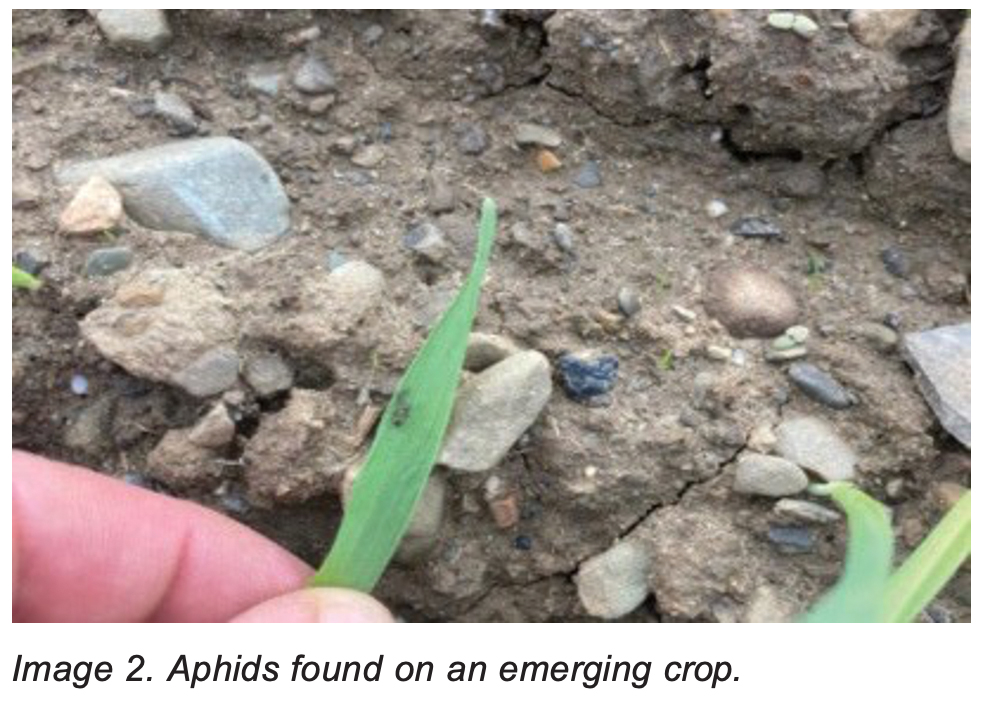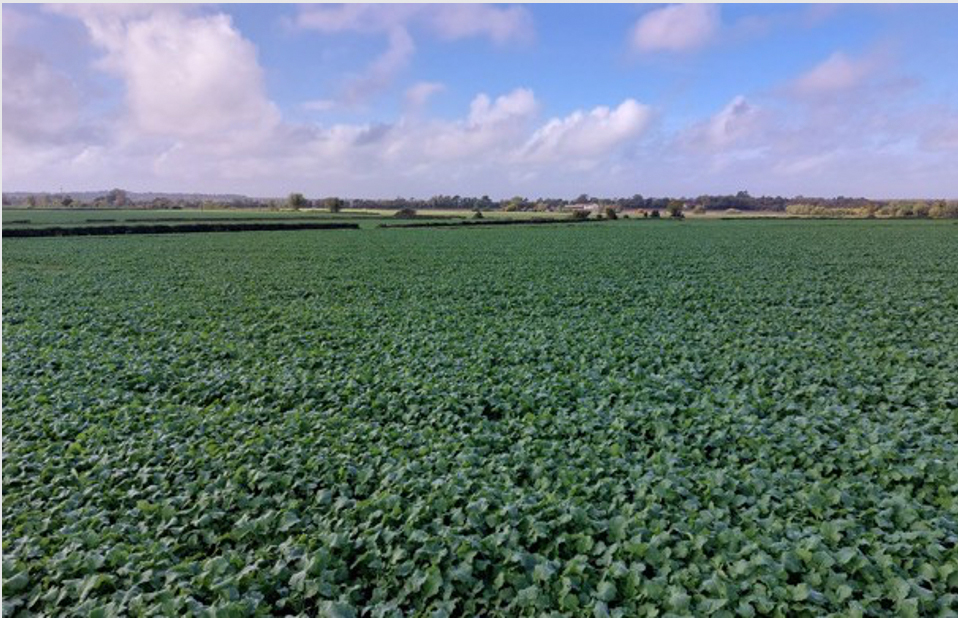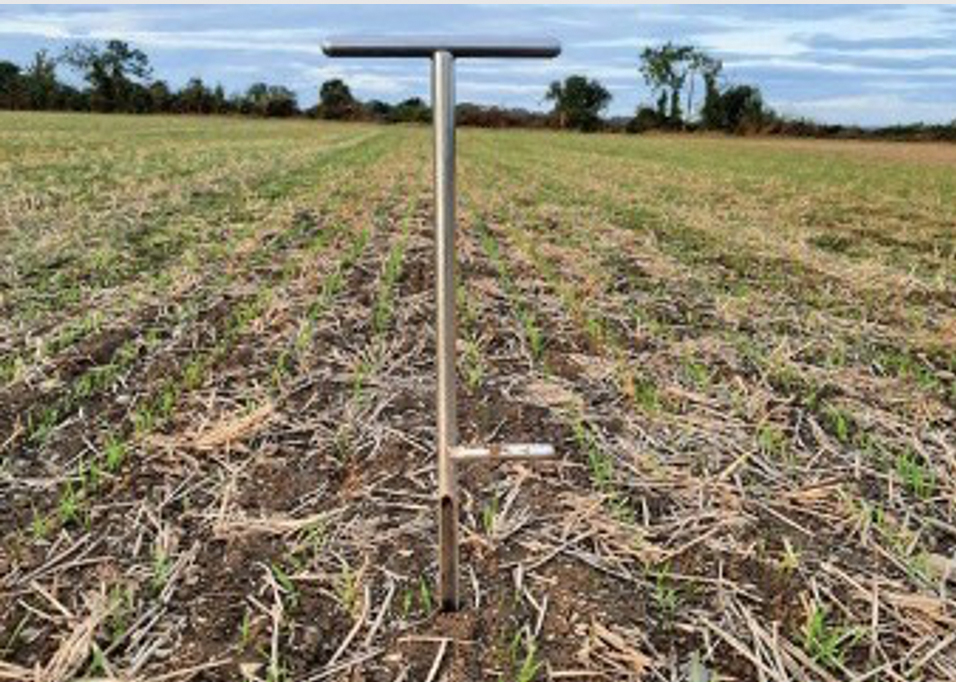 |
As we progress into November, it would be fair to say that most winter cereals have now been planted. As the weeks go on, the opportunities to get a window of dry weather decreases, so any remaining work should be carried out as soon as possible.
This is because establishment rates for winter cereals sown in November will be anywhere from 65-70% and will decrease by 5% each week later. Wheat sown in November will suffer a yield penalty compared to October-sown wheat. Lower soil temperatures, increased slug activity, flooding risk etc. all contribute to reduced seed germination and slower emergence. Employ high seeding rates; for wheat aim for 350 plants/m2, barley 310 plants/m2 and oats 380 plants/m2. If target yields are to be achieved, then calculating the correct seed rates and sowing into good soil conditions is vital. “Well sown is half grown”. Remember to consider thousand grain weights (TGW’s) when calculating seed rates.
 |
 |
Winter cereal crops, depending on sowing date, will be at risk from the impact of aphids. Aphids are responsible for the infection and spread of BYDV (barley yellow dwarf virus). BYDV can reduce yield by 15-30% in wheat crops and 50-75% in barley crops. A very mild autumn and winter of 2021 will not be forgotten, primarily due to the increased activity of aphids. Many crops camenunder serious BYDV pressure early resulting in crop stunting and cost them in terms of yield. We must ensure spray timings and product choice are correct for optimal protection. Due to the increased concern all farmers are advised to assess all crops but especially early sown crops for the risk of BYDV. BYDV thrives in early drilled crops and warm weather.
Crops sown in September may require two aphicides to keep them under control. In the absence of a neonicotinoid seed dressing and the increased incidence of pyrethroid resistance aphicide application timings must be correct and applied at the correct growth stage. The spraying threshold for aphids is referred to as the 170-degree rule, which is where the accumulated daily temperatures after crop emergence reach 170 degrees. See below to identify the risk for your crop:
- September sown crops (high risk) apply treatment at the two-leaf stage.
- Middle of October sown crops (medium- high risk) apply treatment in early November at 2-3 leaf stage.
- Crops emerging after mid-November (low risk) do not require treatment unless weather is mild, and aphids are present, or field has a history of aphid problems.
 |
Slugs can cause serious damage to all winter cereal crops. Slugs significantly damage crops by hollowing the grain especially in wheat and the grazing of the young plants which can lead to total crop loss. The best control of slugs in winter cereals is achieved by applying slug pellets as a broadcast treatment of 30-40 slug pellets/m2 onto the soil surface as soon after sowing as possible. A second application may be needed in high-risk slots (after oilseed rape or where straw was chopped as part of the scheme) or where slug pressure is still high. Prevention is better than cure with slugs!
 |
All growers should assess weed history of each field and target control based on the most competitive weeds such as Cleavers, Sterile Brome, Wild Oats, Charlock and grasses. Timing is crucial for successful weed control in autumn- sown cereals, especially in the case of grass weeds. Products to control annual meadow grass work best when applied pre-emergence.
Target bromes and grasses here. Ensure not to apply any herbicide at the peri-emergence stage. Farmers should identify the products with the relative active ingredients that will control the largest range of their problem weeds. With weather conditions deteriorating, it would be wise to apply a herbicide at the 2 leaf stage with an aphicide.
Options include firebird met, tower, etc. For a specific weed control strategy contact your local Drummond’s branch or technical sales advisor.
| |
Crops are quite variable around the North-East, primarily due to different soil moistures at sowing, sowing depths, and drilling method. However, most crops are well set up for top yields come 2023. As volunteer cereals are now taken care of, the next step should be PGR and fungicide application. PGR application would only be justified on very dense crops. This will help to suppress growth and create a denser canopy. Pigeons tend not to land where there is a dense canopy in the autumn. Backward or thin crops will not need a growth regulator, so an application of a half-rate prothioconazole should be adequate. With large amounts of rainfall in recent weeks combined with warm weather, disease pressure will be considerably high.
A fungicide application of prothioconazole when conditions allow will provide protection against light leaf spot and phoma. Phoma is common in the autumn and once the threshold of 10% of plants affected is reached the crop should be treated. Many factors influence the impact on yield from disease in winter oilseed rape but typically yield responses from autumn fungicides are in the order of 0.5 tonnes/ha. Smaller plants of rape are more susceptible to phoma as it is easier for the disease to travel from the leaf to the root. Light leaf spot can often be difficult to determine. Pick some leaves and leave in a hot press overnight and symptoms are much easier to visualize. Ensure to add trace elements into the mix, particularly boron and magnesium.
 |
 Never has it been more important to get your soils tested for nutrient content, with the ongoing talks of the scarcity and rising costs of fertiliser. Knowing what nutrients are surplus/adequate/deficient allows you to save costs on fertiliser and apply only what the soil needs.
Never has it been more important to get your soils tested for nutrient content, with the ongoing talks of the scarcity and rising costs of fertiliser. Knowing what nutrients are surplus/adequate/deficient allows you to save costs on fertiliser and apply only what the soil needs.
Drummonds can carry out soil testing, soil mapping and variable rate lime spreading on your farm and advise you on best strategy for your soil and your farm based on your soil testing results. Applying a liquid feed to root systems in the autumn would be a smart investment this year. Driving root development will play a key part in capturing all available nutrients to the crop and allow for an optimal return on your fertiliser investment. We have products available at Drummonds to encourage a bigger root system, which will also be beneficial later in the growing season if drought occurs. A deep, wide root system captures more water and nutrients to cope with stressful conditions.
 |

